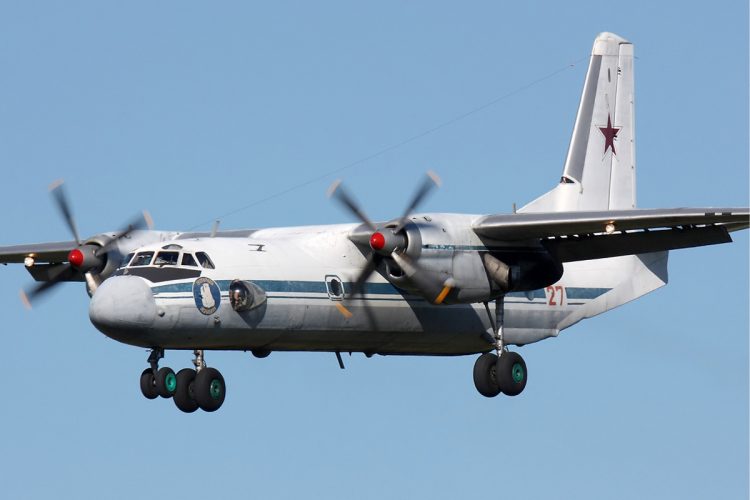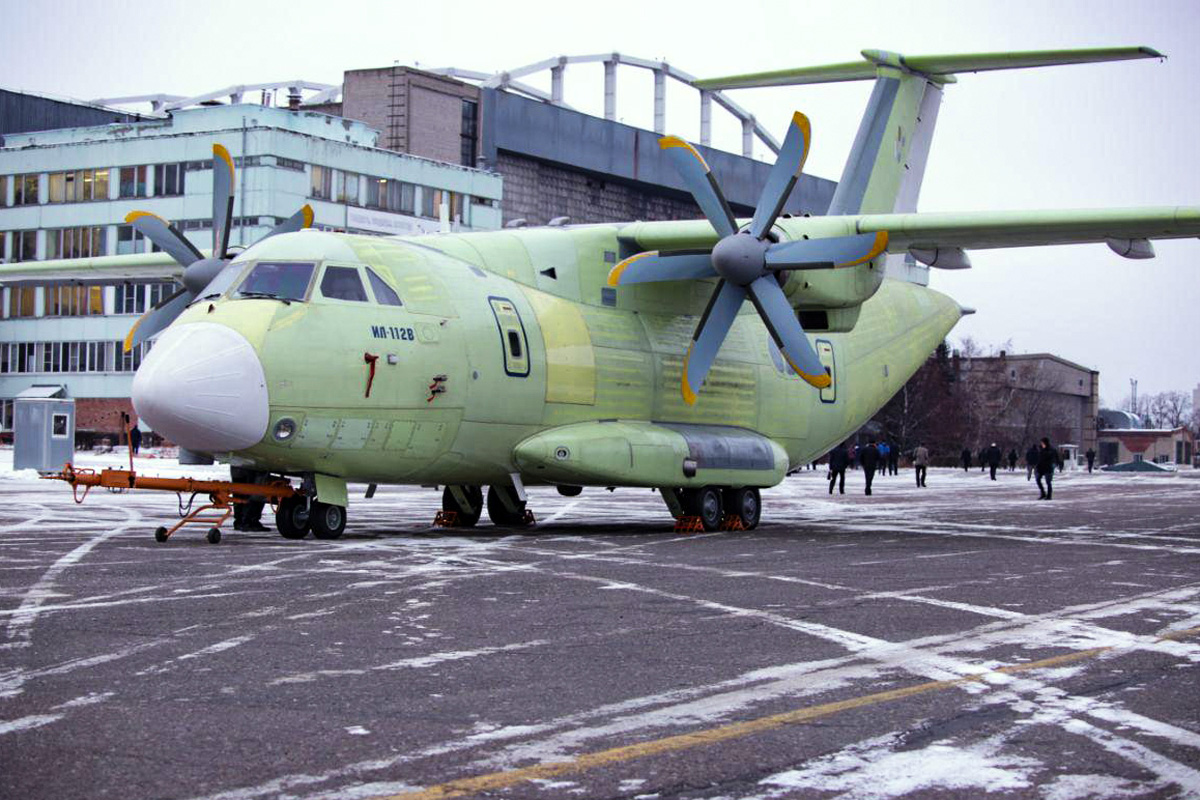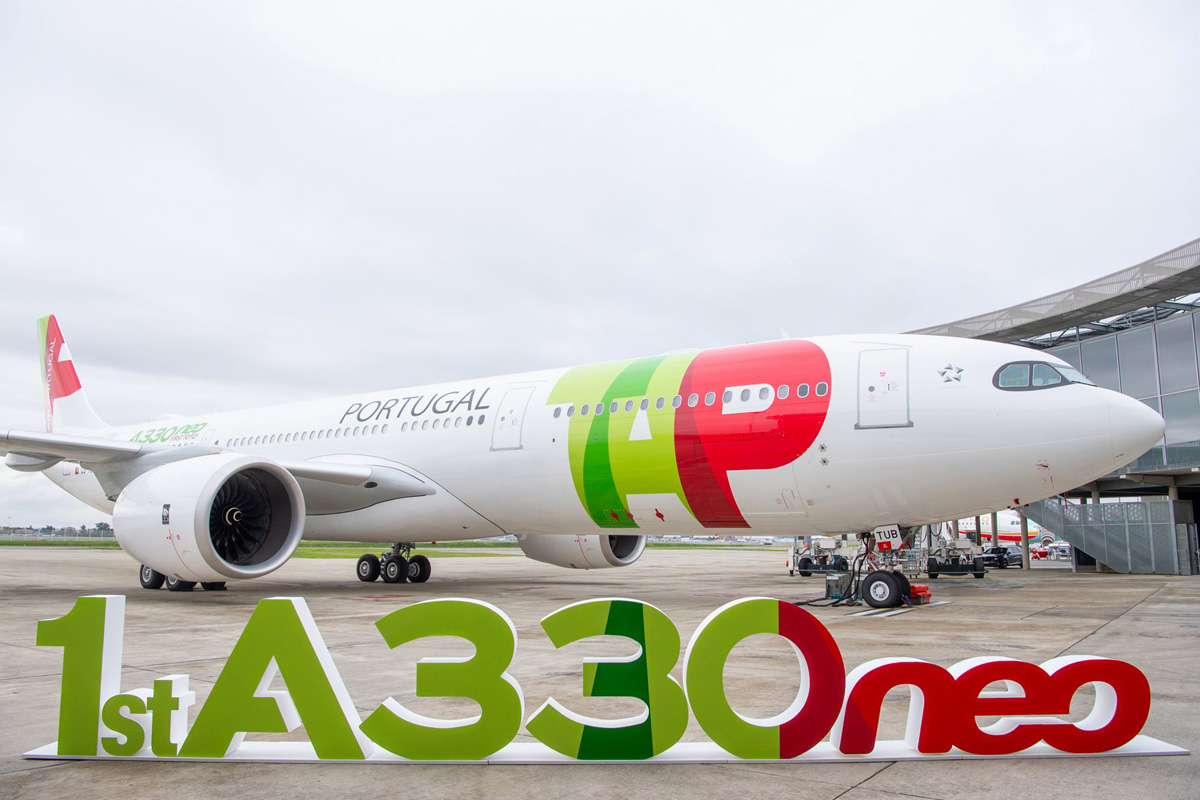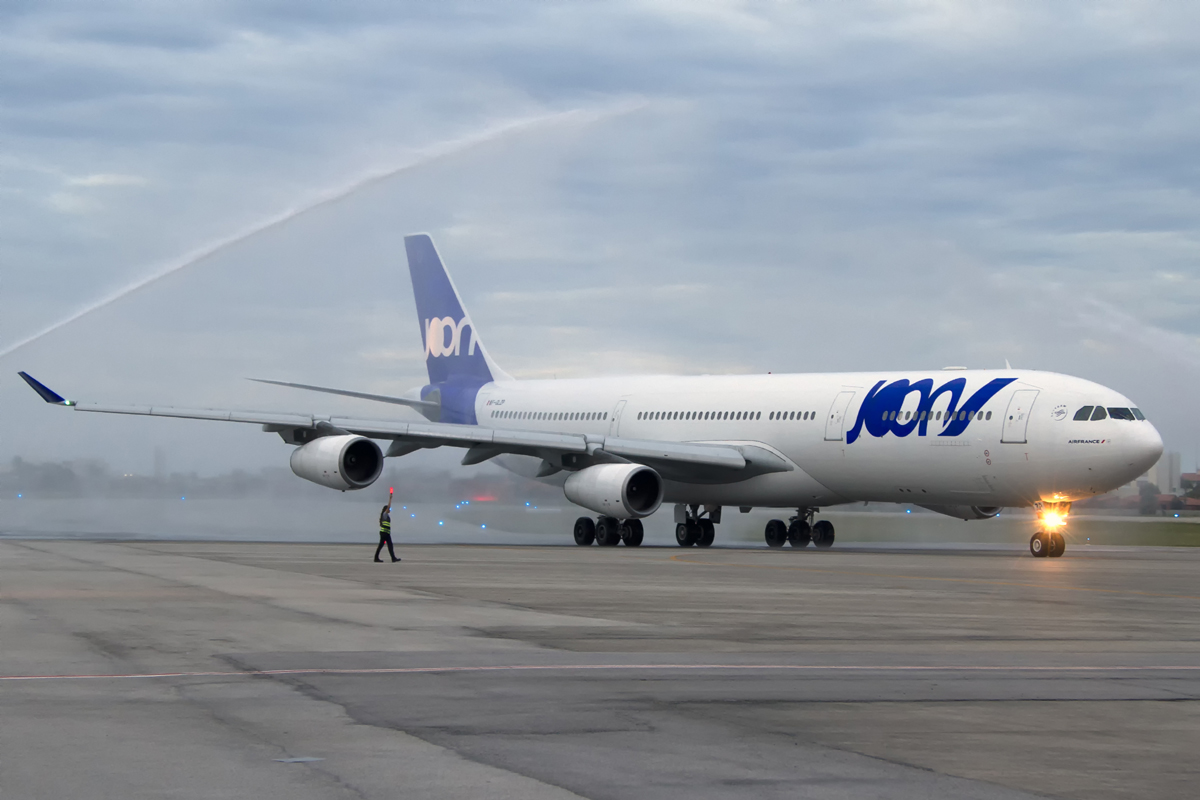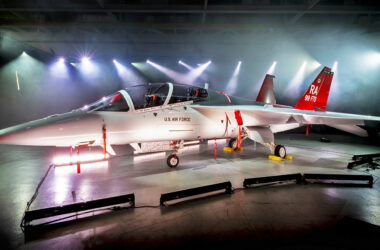One of the most popular aircraft of the period of the former Soviet Union was not a fighter or bomber. It was a versatile high-wing turbo-propeller that resembled the Fokker F-27, the Antonov An-26 and its variations such as the An-24 civilian model and the more powerful An-32. The main difference from the An-26 was a rear-loading ramp that made it an extremely versatile aircraft for both military and commercial use.
No less than 1,400 copies were produced until 1986, in addition to 361 An-32 that continues to be offered by Antonov. With the split between Russia and Ukraine (where the Antonov plant is), the Vladimir Putin government has invested in its own aircraft developed within the UAC conglomerate (United Aircraft Corporation), which represents the main “design offices” of the former USSR and today manufacturers of airplanes like MiG, Sukhoi, Tupolev and Ilyushin.
And it is Ilyushin who recently revealed that the first flight of the Il-112V, a small turbo-propeller transport plane whose mission is to replace the An-26, is about to take place. According to Ilyushin, the first prototype, still unpainted, is following this week for the so-called “flight test station” division which will be responsible for preparing the aircraft for the first takeoff and certification.
Like other Russian planes, the Il-112’s development program is behind schedule. It should have been introduced earlier this decade by the Russian Air Force, but with the prospect of receiving it too late, it eventually chose to order the An-140, this prior to the disagreements with the Ukrainians. In 2013, the Russian government has stepped back and decided to give the green light for the Ilyushin project as a way to replace its An-26s, but the first flight, expected for 2017, is only to take place in 2019.
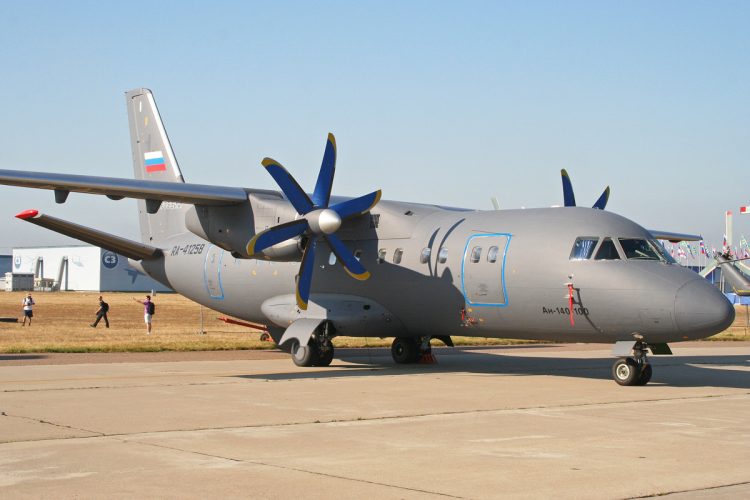
Huge potential
Despite that, the Il-112 seems to be a promising aircraft. Designed specifically for military use, the aircraft looks somewhat like Embraer’s KC-390, except for the Klimov TB7-117CT turbo-propeller engines with six-blade propellers. But it is a much smaller plane, with takeoff weight estimated at 21 tons (the Brazilian airplane takes off with up to 81 tons), of which 5 tons are payload. The advantage of the Il-112 is far superior to the An-26: 2,400 km (1,300 nm) with 3.5 tonnes of cargo, superior to the old Antonov.
Undoubtedly, the Il-112 will have an interesting market to explore as soon as it is ready for delivery – a period of two years of testing is anticipated before production starts. Only the Russian Air Force has, according to the Flight Global , 115 active An-26s and would have already committed 62 Il-112, 35 in firm orders and the rest in options.
At least 240 units of the An-24 / An-26 / An-32 family fly commercial aviation today, a segment that Ilyushin can also explore with the Il-112T civilian variant. It remains to be seen whether the new turbo-propeller will not have the same fate as other Soviet-era aircraft that, while technically feasible, have not survived the Russians’ lack of business skills.
